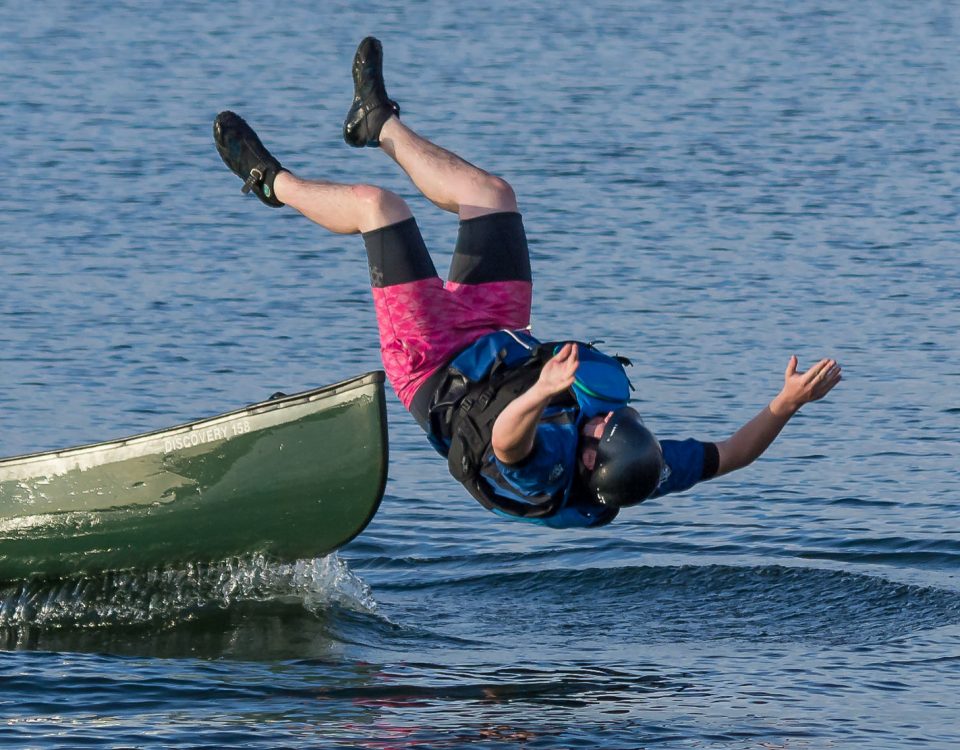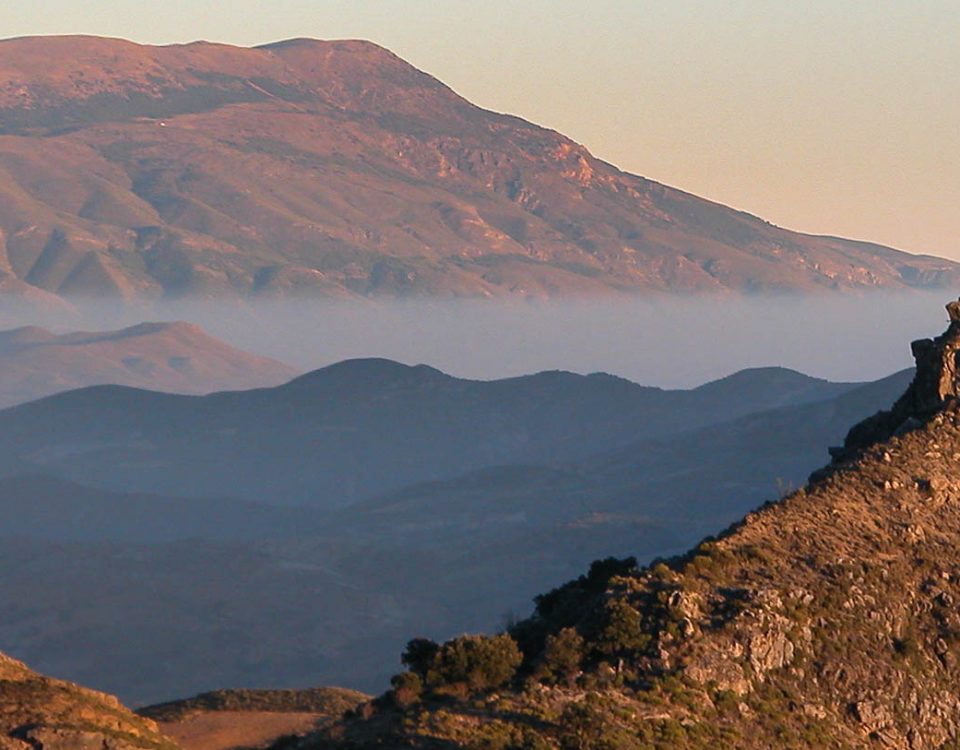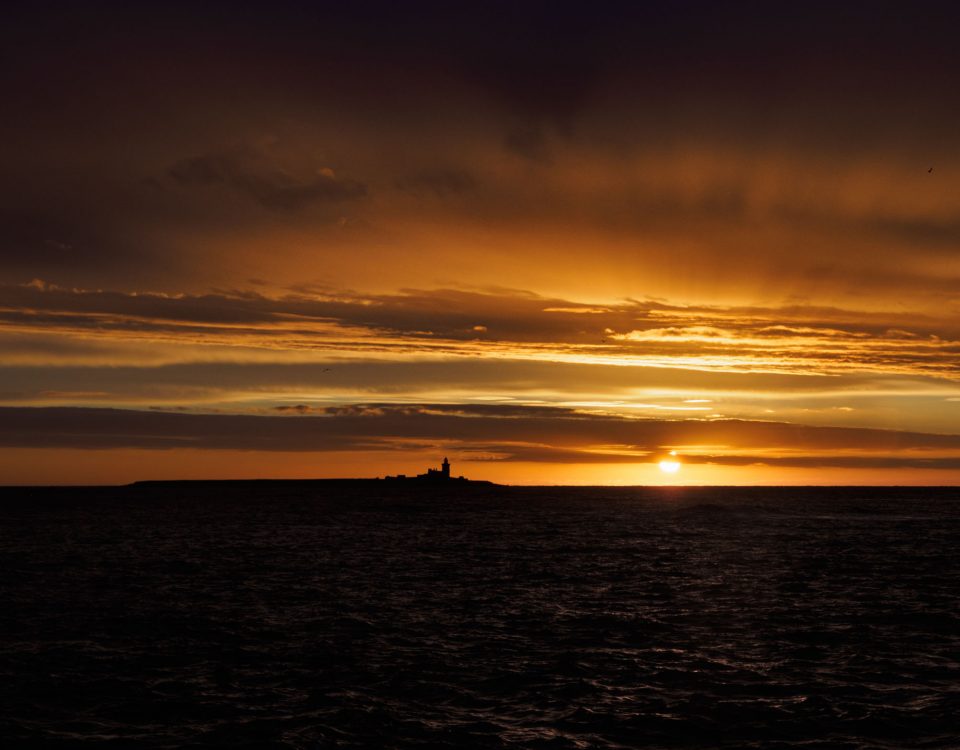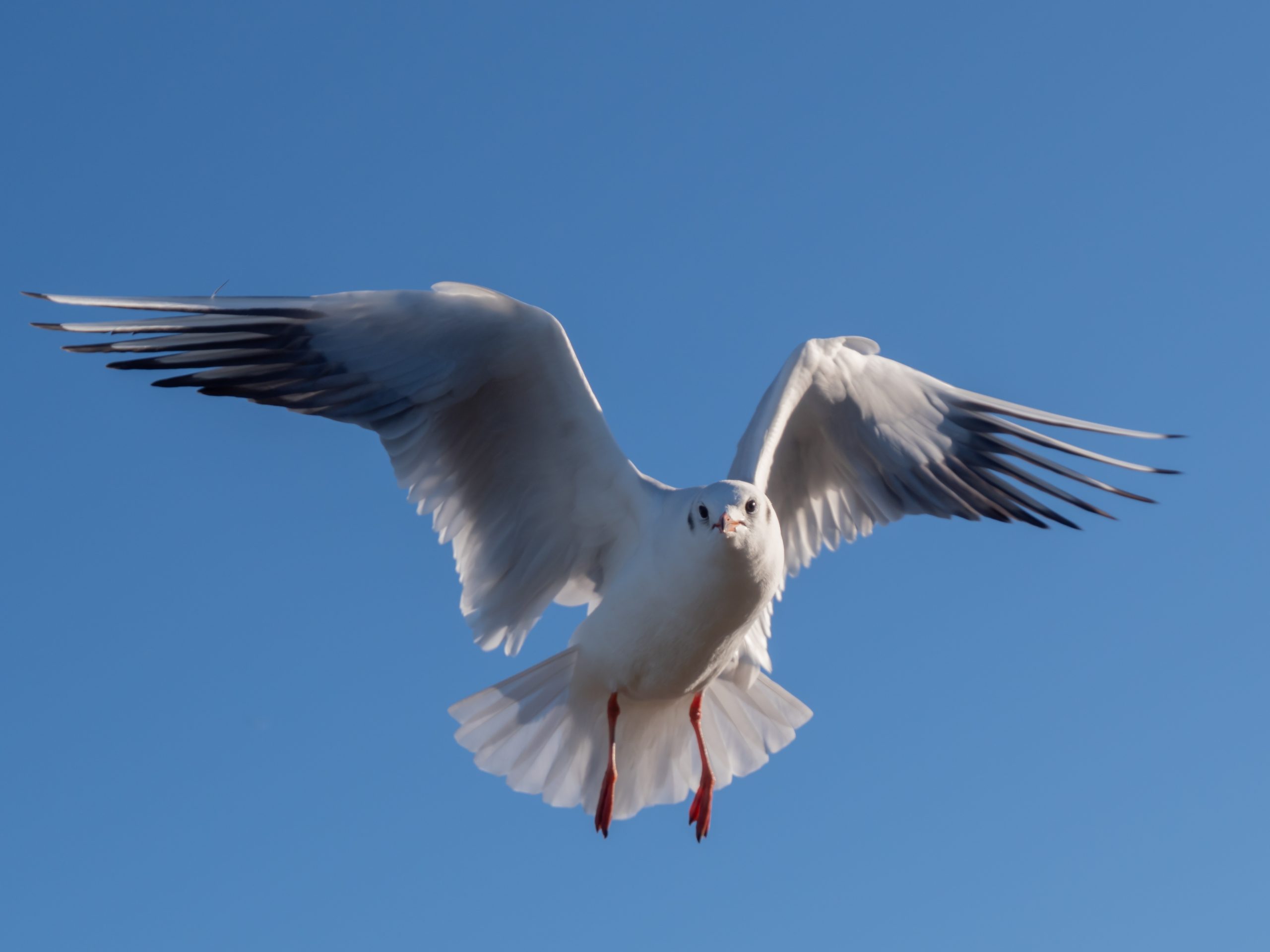
Mental health: Photography is good for the soul
30th March 2020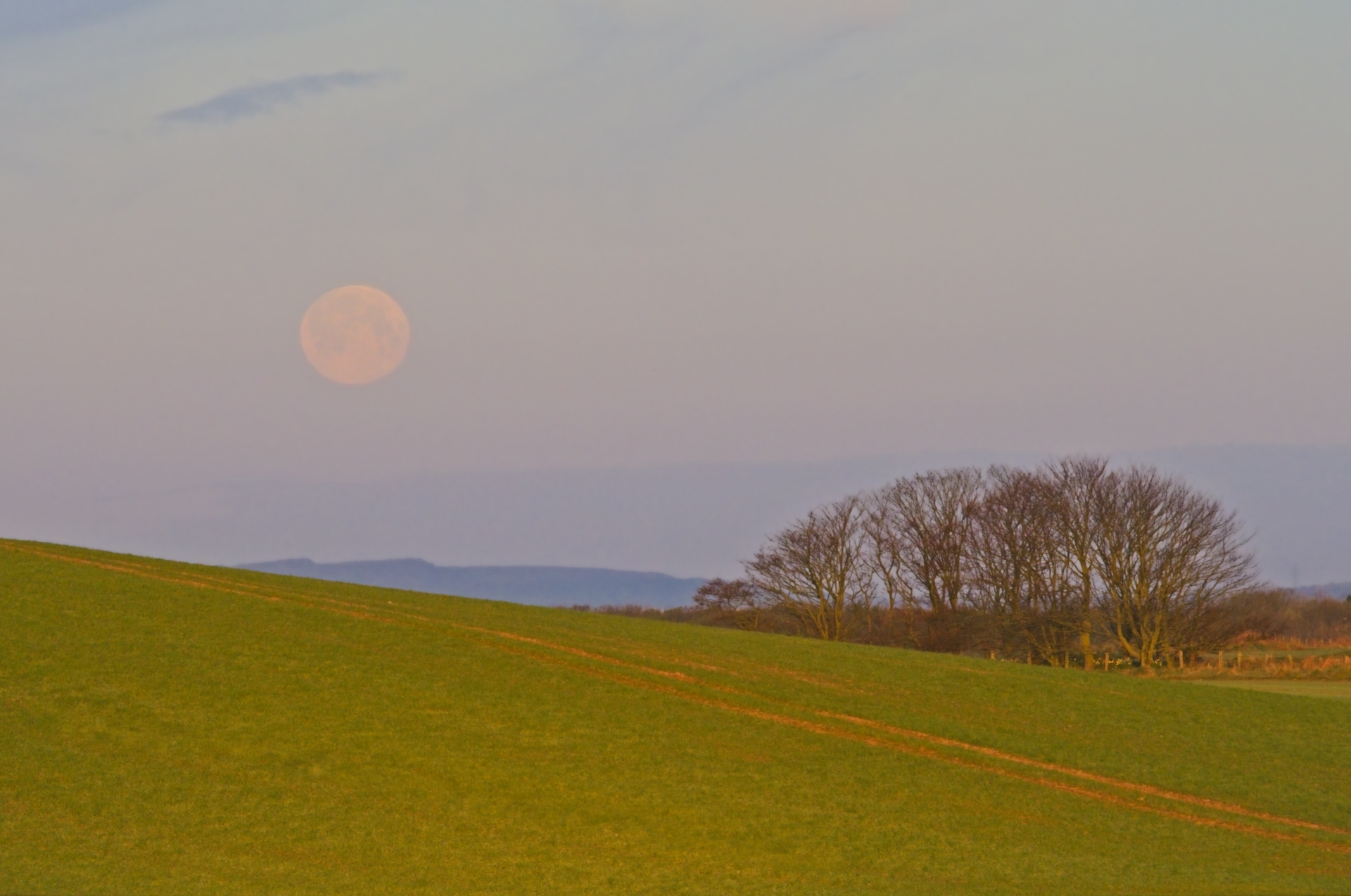
Technology and Art
22nd April 2020Choosing a new camera is daunting. Choosing a whole new system is scary.
I can’t count how many times I have been asked which camera should someone buy. I have also come across people who have regretted their purchase because the camera doesn’t behave in the way they wanted. Thinking about what you want your camera for and researching the model that suits you best is not an easy thing to do, not least because of the huge array of cameras on the market. It’s something we want to get right.
This post will hopefully help you decide what you should look for and help you to buy the right camera for you.
What to consider when choosing a new camera
Once you invest in a new camera system, especially one with interchangeable lenses, then you are likely to stick with that brand forever. So, making the right choice now is really important.
There are some questions to ask yourself. What sort of photographs do you want to take? How are you going to use your photos? How big is your budget? Are you technically minded? Do you want to invest time in learning photography? How important is image quality to you? Do you need a camera to fit in your pocket, or will you happy carrying something the size and weight of a house brick?
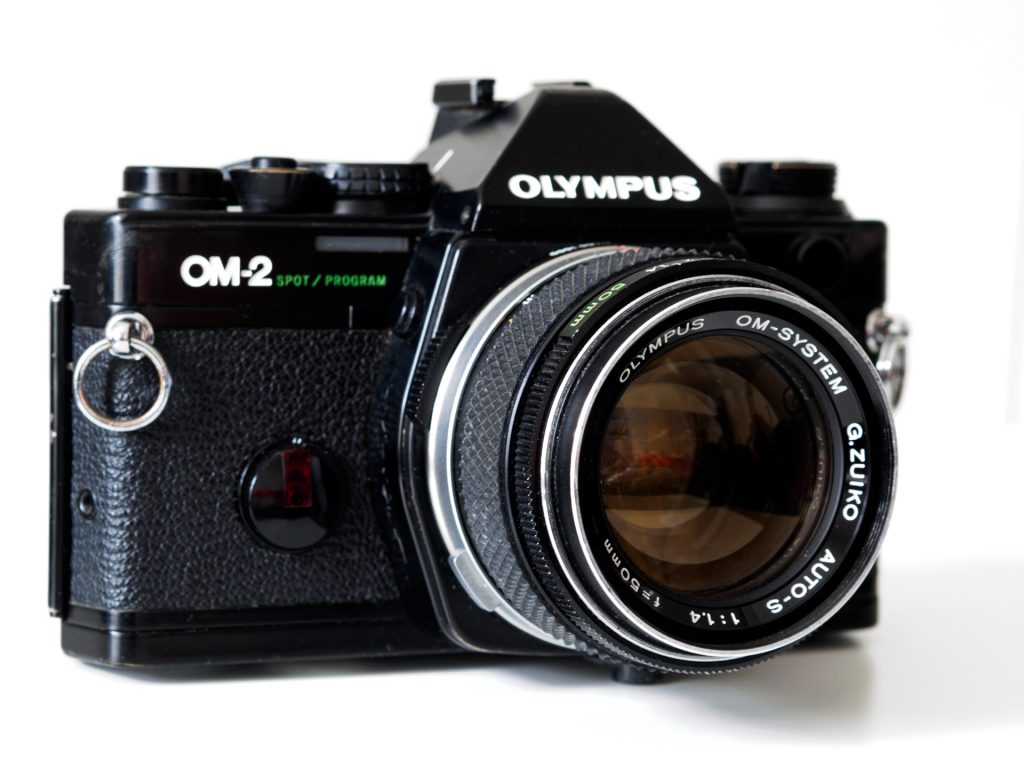
Twelve things that you should know before setting out to buy a new camera
I’ll be looking at some of these in more detail in this article, but here are things to be aware of:
- Any of the big names in photography will produce cameras that take great photos.
- Anyone who has bought into a camera system will tell you that their choice of brand is best and the only choice for you to make. (Don’t believe them.)
- Professional camera reviews exaggerate and sensationalise minor difference between systems. They are also paid in advertising revenue by some manufacturers and there can be a correlation between a camera’s performance score and their main advertiser. (Don’t believe them.)
- Camera manufacturers make it difficult to swap between brands, with the exception of the Micro Four Thirds systems that has been adopted by several manufacturers.
- The quality of a photo is foremost dictated by the eye looking through the viewfinder.
- Lens quality makes a bigger difference to an image than the camera body.
- Ergonomics are really important.
- Manufacturers of DSLRs and Mirrorless CSCs produce two or three grades of equipment ranging from good, simple and relatively inexpensive models to those that are massively complex, loaded with features and will break the bank.
- All photography requires compromise, and no one camera will be perfect for every situation.
- Having more megapixels isn’t necessarily a good thing.
- DSLRs and a few mirrorless cameras have ‘phase detect’ focusing systems that are better for capturing fast-moving subjects. Compacts and Bridge cameras only have slower (but more accurate in some circumstances) ‘contrast detect’ focusing. DSLRs use contrast detect in live view.
- When setting out, consider a budget, used camera from a respectable dealer.
Different Cameras, Different Needs
What type of photos do you want to take? Are you wanting to solely capture a simple recording of what is happening in your life? If so, a mobile phone camera might be right for you. It fits in your pocket and instantly connects to social media. The picture quality on contemporary mobile phones is amazingly good considering the relatively tiny sensor and – with a few exceptions – a plastic lens.
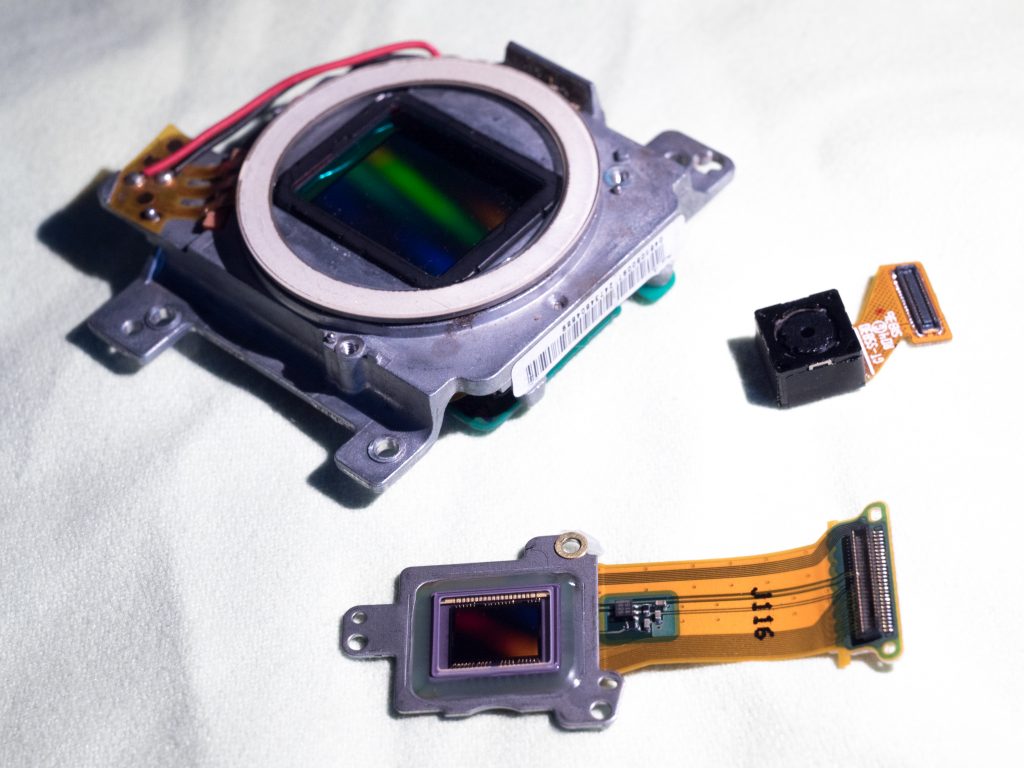
Compact Cameras
Mobile phones have all but usurped the once ubiquitous compact . You can still buy compacts and (generalisation warning!) they may produce better images than many mobile phones, because they have better lenses and slightly larger sensors. But, they too will fit in your pocket or handbag, are relatively cheap and light. They generally only produce jpeg images and not raw files. Most only have Live View screens and not viewfinders, which can make them difficult to use in bright sunlight and less stable to hold. They are not great at focussing on moving subjects.
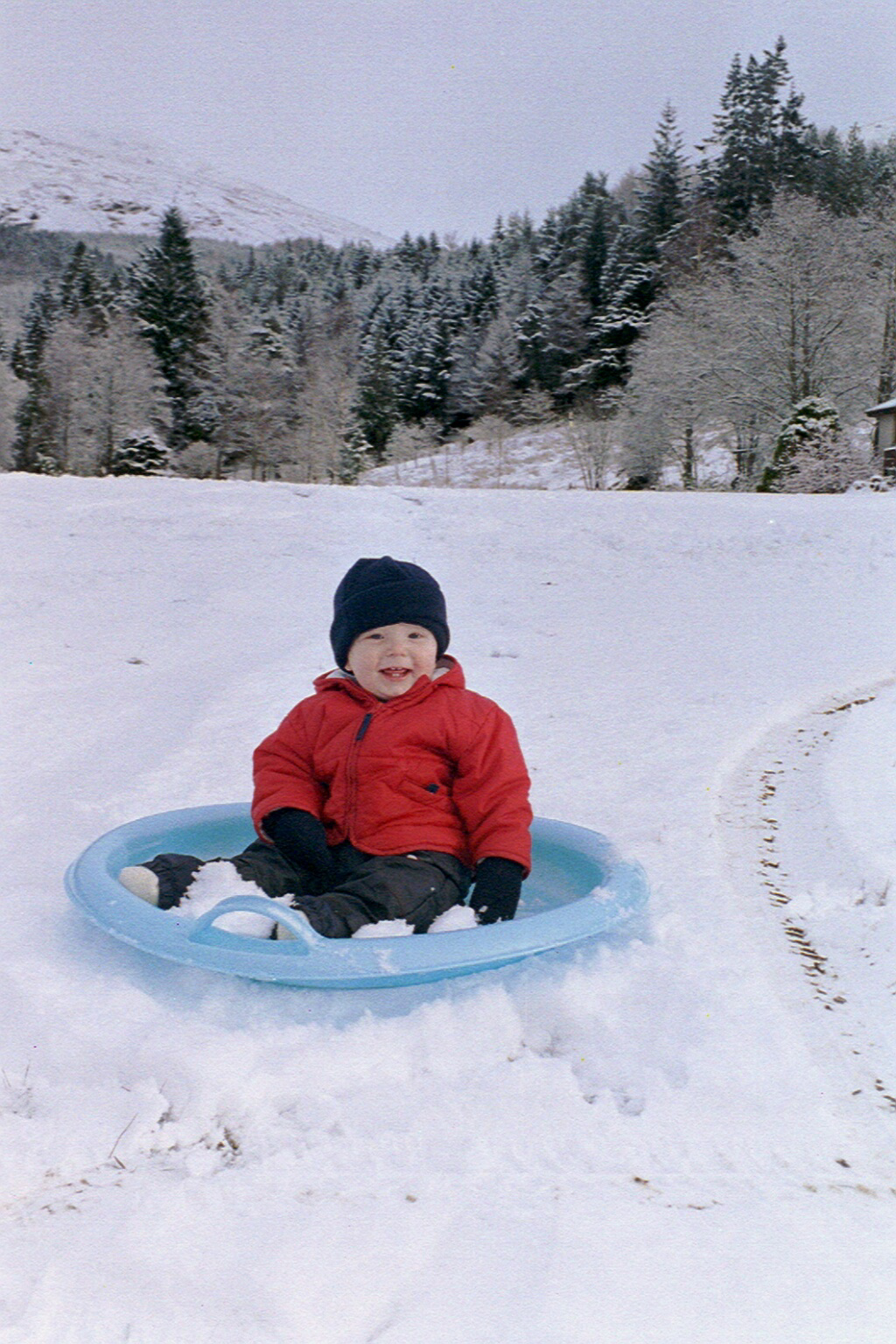
Bridge Cameras
Named because they bridge the gap between compacts and DSLRs bridge cameras are sometimes called superzooms because they have a huge range of focal lengths. They usually have the same size sensor as a compact, but their bodies are larger — they won’t fit in your pocket — accommodating the bigger lens.
That comparatively bigger lens will result in better images than most compacts or mobile phones, but the huge range of focal lengths results in a drop in image quality at certain focal lengths. The image quality will be good but not up to the same high standard as a DSLR or CSC. (Read on!).
Bridge Cameras will also have an electronic viewfinder as well as the live view screen. They offer a greater degree of control over a compact and you will have limited ability to change shutter values and apertures. They don’t have interchangeable lenses so you are restricted to the focal lengths of the zoom. But, the fixed lens means there is little or no chance of dust getting on the sensor. The downside is that when one part goes faulty, the entire camera becomes unusable.
They are not great at focussing on moving subjects.
Some, but not all, bridge cameras produce raw files along with jpegs.

Interchangeable Lens Cameras
DSLR (Digital Single Lens Reflex) Cameras
DSLRs are the cameras with interchangeable lens plus a mirror and pentaprism system; you see through the lens when you look through the viewfinder. The mirror moves out of the way and a physical shutter opens and closes when you take a photo.
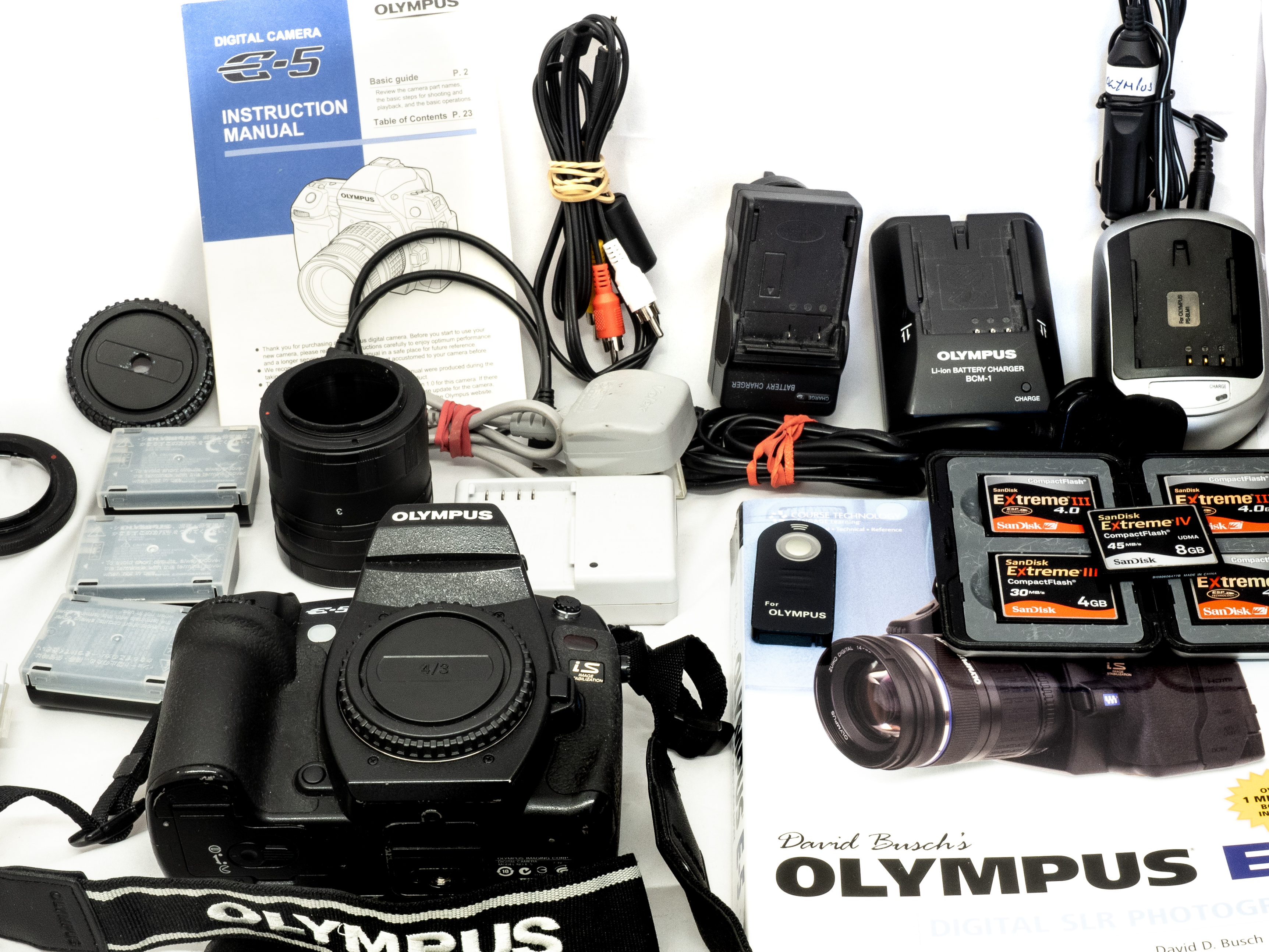
These are bulkier than any of the cameras mentioned so far and have much larger sensors, which can change in size depending upon the make and model. Larger sensors in DSLRs mean better dynamic range and low light performance. They also make it easier to have a very shallow depth of field. But modern technology is getting better continuously and the performance of cameras with smaller sensors is becoming incredibly good.
DSLR lenses are also larger and heavier, but offer superior image quality too. Basic models are relatively inexpensive and are great for hobbyists and occasional photographers. They are easy to use and feature lots of automatic modes and filters to suit different shooting circumstances and give images different looks. This makes them easy to use even for an absolute beginner. They also have the scope to take over the controls manually, so becoming more flexible as you learn camera skills. More expensive models are more complex with more features, greater control and more robust build quality.
Mirrorless Compact System Cameras (CSCs)
Sales of mirrorless cameras this year are outstripping DSLRs. In my opinion, their advantages outweigh their disadvantages, though others may disagree.
These cameras have the same size sensors as comparable DSLRs so they offer the same high image quality but in (usually) much smaller packages. They often have an electronic viewfinder (EVF), similar to a bridge camera. This means the camera is smaller than DSLRs, although some just have a Live View screen on the back.
Some mirrorless cameras, like the Olympus OM-D E-M1s, have a faster focusing system than those that just utilise contrast detect focussing.
I use solely mirrorless cameras now. (If you are interested, I have an Olympus OM-D E-M1 Mark II and an E-M5 Mark II). The system gives me a combination of excellent image quality, advanced technical features, build quality, size and ergonomics. Then, there is the advantages of an electronic viewfinder over and optical one, especially in low light. The compatibility with the DSLR lenses I already own swayed me in my decision too. It’s the right system for me. But, as I always say, any one person’s choice does not mean it’s the right system for you.

A note on buying your first interchangeable lens camera
Cameras do wear out and beginners take thousands of photos. There is little point in a beginner spending a fortune and wearing out a complex camera with features that never get used. Lots of beginners make this mistake and get disheartened by their confusing complexity. Their cameras get locked away in a cupboard.
Also, a less expensive model makes it easier on the pocket to change systems if you decide you prefer a different brand. Most camera equipment is incompatible with other systems.

How I chose my new cameras
I took months to decide. My main DSLR still took fantastic quality pictures, but it was six years old and technology has moved on. I needed performance beyond its capabilities for my work. Researching the market, I found a bewildering array of models. All the reputable manufacturers produce fantastic cameras throughout their price ranges and I could have gone for anything. So, I started doing research.
I asked other photographers for advice and was met with vigorous promotions of the brands they invested in. You’ll rarely hear a photographer saying, ‘I bought X but made a terrible mistake and wish I had got Y instead.’ They endorse the brand they use with an enthusiasm that puts sales staff to shame. They’ll also decry rival brands with equal gusto.
I made a list of my priorities: exceptional low-light performance for photographing events without a flash; a fully articulating LCD screen to view when I use a low-set tripod and for macro work; lightweight, so not to suffer a neck injury from carrying it all day at a wedding, and robust enough to take hiking or cycling in all weathers. If possible, the camera could be made compatible with my existing equipment. I also set a budget.
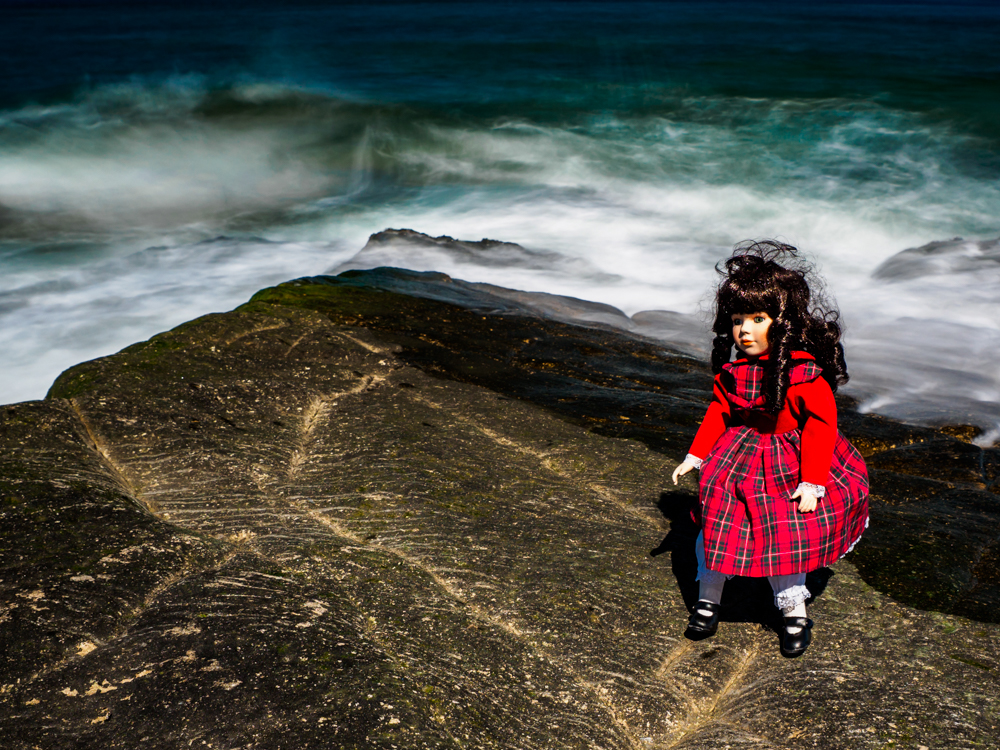
Ergonomics was really important; some cameras are just too fiddly for my large hands. After numerous trips to shops trying different models I rejected plenty. My fingers couldn’t comfortably release the shutter on some without hitting an incorrect button. Others I could not hold to my eye without my nose getting in the way. Some had the viewfinder in the wrong place and others were too heavy.
Professional Reviews
Publishers won’t win advertising revenue by featuring unfavourable reports of their sponsor’s latest shiny new camera, so I’m sceptical of many professional camera reviews. I read separate reviews of the same camera in two popular photography magazines. One reckoned the camera was a technological wonderment, the second gave it a mediocre rating. The first review was adjacent to an advert for that very camera. They didn’t advertise in the second magazine. Reviewers also fuss over tiny performance differences. It makes good reading, but the small variances within similar price brackets make little difference to the majority of photographers.
Megapixels
High pixel count is a marketing ploy. 8 megapixels is more than enough to produce high quality A3 prints. Wedding album photos are far smaller and many images I sell end up online, reduced in size to around 2 megapixels. Larger image files also take more time to upload and use up valuable storage space.
Second Hand
There is an old saying that the most important component of any camera system is the one holding the camera. Flickr proves that point; you don’t need the latest new camera model to capture great shots. Newer versions will produce better results in extreme lighting conditions, but all the cameras listed above still produce excellent images.
When buying a DSLR or mirrorless camera for the first time, there are good reasons for choosing a used one. They cost a fraction of their original purchase price. If you don’t like it and sell it on again then the resale value won’t change that much. A used camera also means a far lower carbon footprint. Older cameras are likely to have had firmware updates. Plus, the raw files will be compatible with software like Lightroom, On1, Photoshop or Elements. That’s not always the case with new cameras.
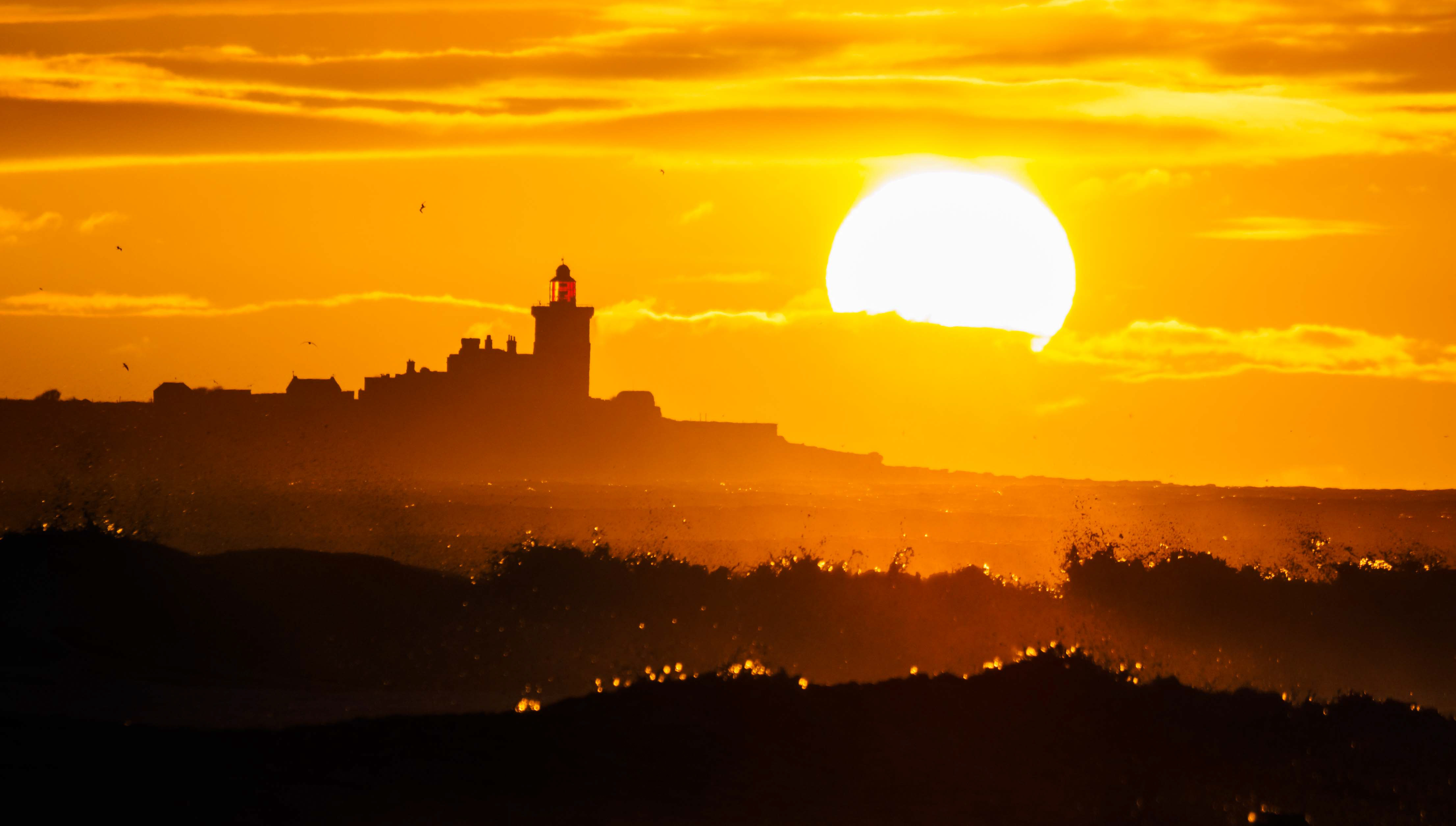
Research used cameras
Do you use Flickr? Images are not heavily compressed as they are on Facebook, and photo metadata, which may include your copyright details, are preserved. One of the great things about it is that one can search for images taken by a specific camera model. Choosing cameras that are now ten years old, I searched through images taken with the Olympus E-5 and E-510, cameras I owned. The I looked at photos taken with a Panasonic Lumix DMC-L10, Nikon D40X, Canon 40D, Sony A700 and Pentax K100D Super. There are still fantastic photos being taken with those old cameras.
I’ve bought used equipment before. My first DSLR was second-hand and several of my lenses are too. Getting a £1000+ lens for £300 works for me! The cameras I decided to go for this time were not available as pre-owned, but I really would recommend you to consider going down this route. It’s good for the environment and your pocket.
Care is needed when doing so —you don’t want to buy a stolen camera from an on line auction site — so check what is in stock with reputable dealers like Camera Jungle, Wex or MPB. Their descriptions are accurate and cameras come with a guarantee.

Online Auctions
Some great deals can be found on online auction sites, but there is a risk of buying a stolen camera. If buying privately, do ask the vendor for photos of the serial numbers of both the camera and the lens. If they refuse, don’t buy. You can search online for that number. You should find posted images from that camera and, maybe, theft reports if it’s stolen. There are other ways of checking, which I will include in a future article.
Low light and high ISO performance have improved enormously in recent years. If trying to achieve fast shutter values at night is your thing, then a high-end new, camera might be what you require. Look for discounts from retailers selling open box, returned and display models.
Do you still need help choosing?
Finally…
Looking at it from a completely different point of view, consider how the new camera looks. What do you want your new camera say about you? Are you one of the crowd and want the same as everyone else? Do you prefer to be a bit different? Do you want a camera that looks great?
I am a great believer in artists surrounding themselves with great looking equipment. Some cameras look like a ‘Blue Peter’ project (sorry if you are from overseas and don’t get that reference) resembling a tissue box with a toilet-roll stuck on the front. Others lack any attempt at attractive design and have no ‘personality’, and a few are a thing of beauty.
If you are totally befuddled, be assured that all cameras work well, so get one that feels and looks good!

